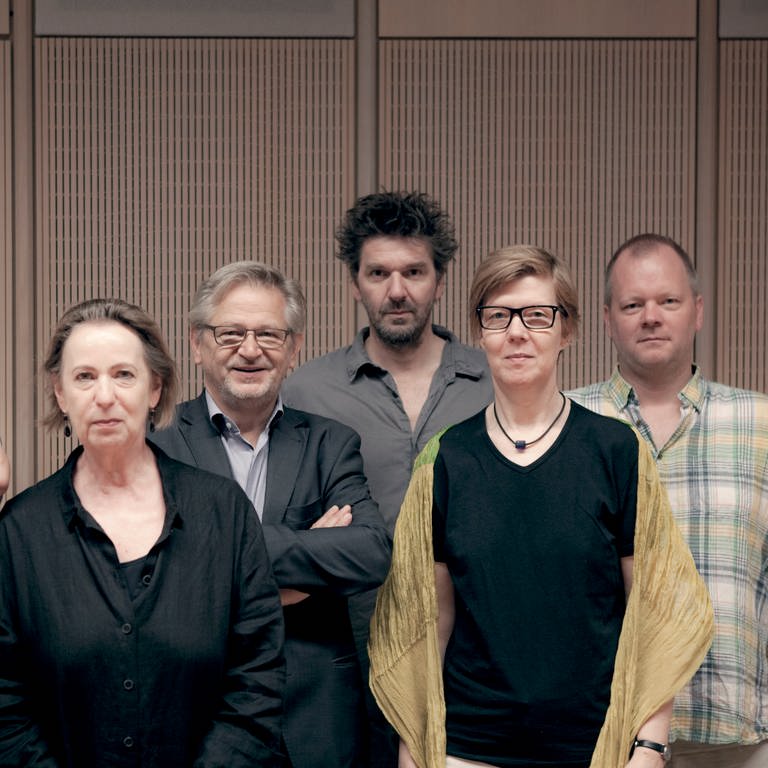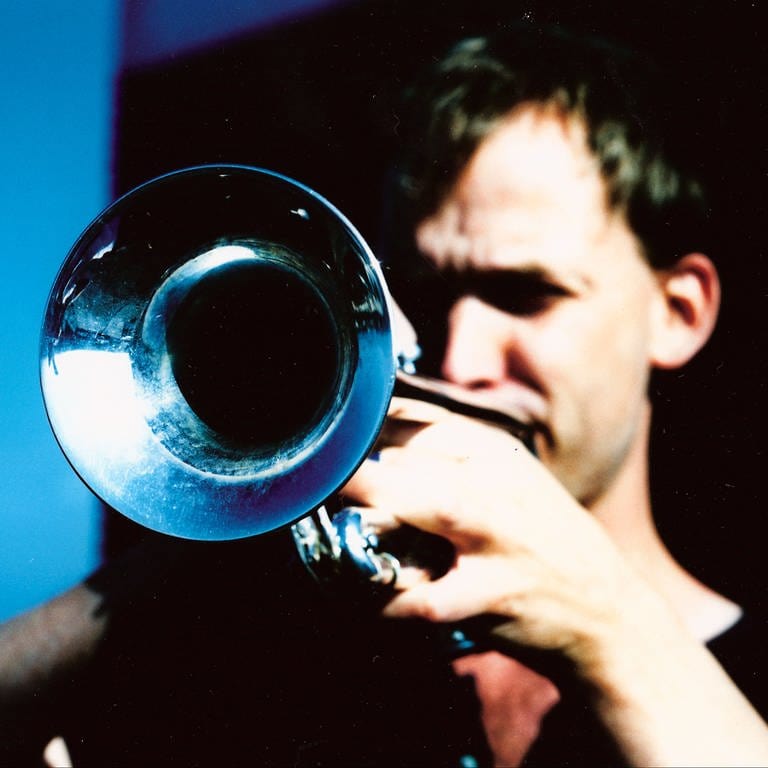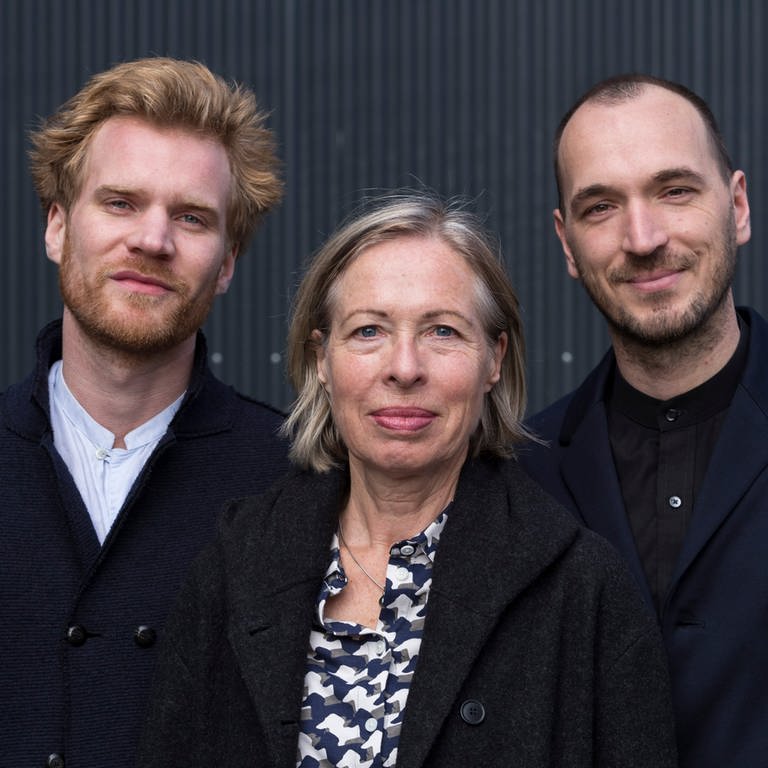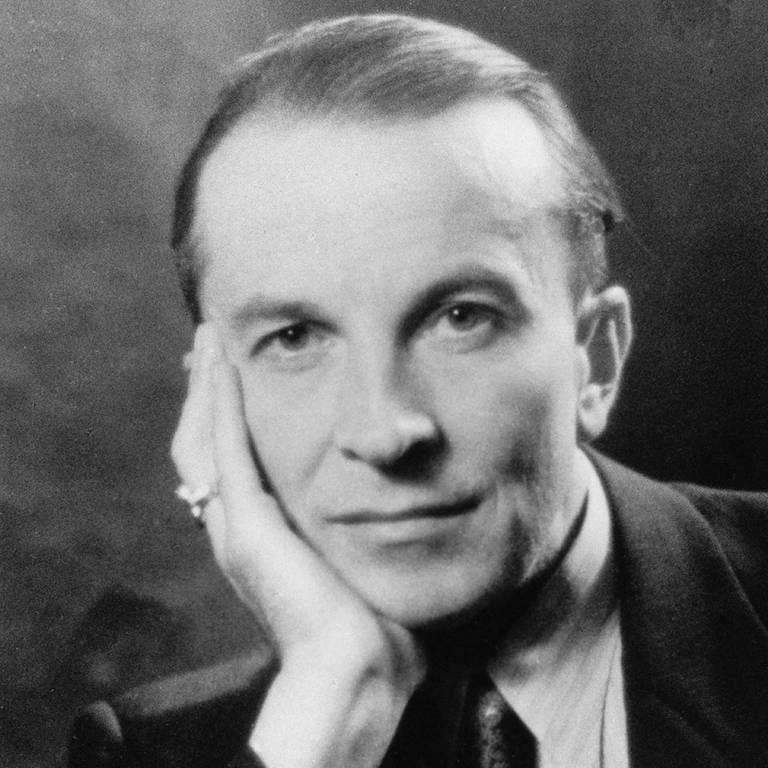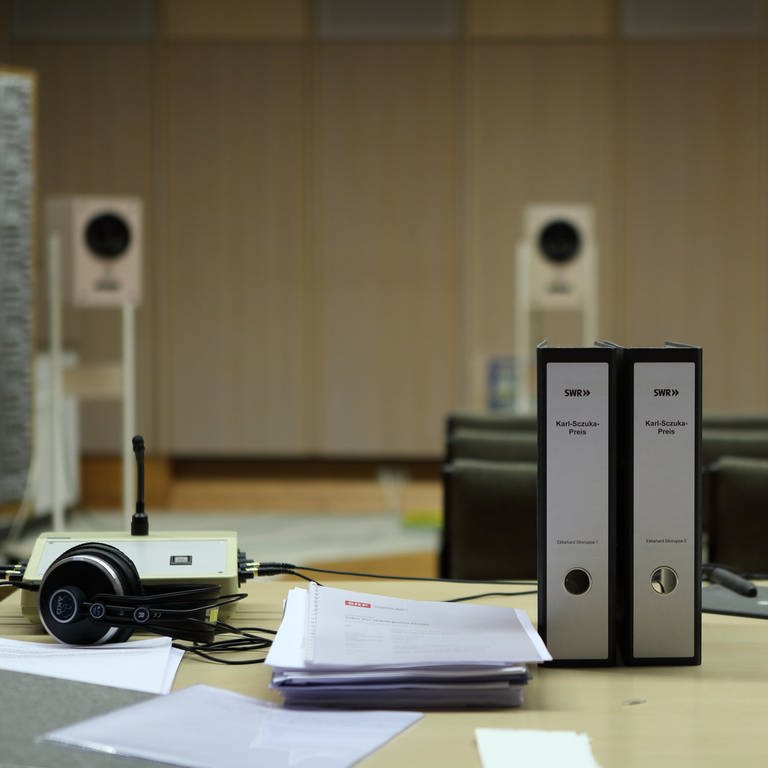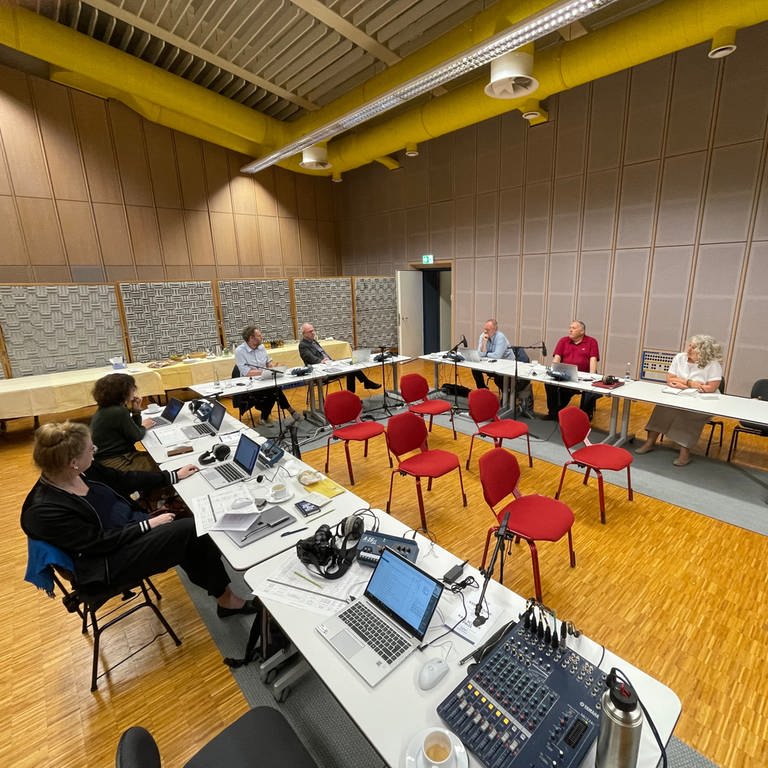A Radiophonic Composition
Desert Bloom forms the third part of the work cycle Decomposition, conceived by Peter Kutin in collaboration with Florian Kindlinger. After the themes of absence (Desert Sound, 2012) and introspection (E#, 2013), illusion here becomes the central content. Desert Bloom takes the city of Las Vegas as a metaphor for the illusion behind the social values of money, love, happiness, power and sex. Las Vegas sells and relies economically on dealing in these concepts (of happiness), which seem to be arranged around visitors like the fruits and water around the banished Tantalus in Greek mythology. Everything revolves around the dollar in this city founded in the middle of the desert in 1905, where the dream of legalized gambling became a reality, where one could arrive desperate and burned-out, but maybe leave with a fortune. It is the concept of this city, its history, aura and most of all its sounds that form the content of this composition.
it’s hard to adjust to a city where the night is full of sounds, all of them comfortably routine. Cars, horns, footsteps - no way to relax...
Electromagnetic Reality
The sounds were recorded on location with the renowned German composer Christina Kubish (Academy of Arts, Berlin) and later arranged jointly. Kubisch specializes in making electromagnetic fields and waves audible – and precisely these are more numerous in Las Vegas than elsewhere in the world: gaming machines, neon signs, security gates, Wi-Fi, radio signals, surveillance cameras and so on. Anything that produces or transmits electromagnetic radiation is made directly audible and recorded by Kubisch. This results in abstract, often almost aggressive sounds of a very direct, spaceless character and compelling quality. At the sonic level, however, one is always dealing with a representation of reality; in this sense, the concept of this composition follows a documentary dogma, relying on real-life acoustic and electromagnetic sounds recorded on location.
Not Temporally
Bound In this work, the sonic character of Las Vegas repeatedly appears as something abstract; it seems not to be in line with the present time, but more like a hallucination in which all that is left is the truly ghostly pulsating, chirping, purring and crackling of the electromagnetic fields. This is augmented by the all-encompassing desert, where the city was built almost overnight only a little more than a hundred years ago. The two form a counterpoint in their respective sonic aesthetics: an alternation between a surplus and a sparsity of sounds. Between these, the story of the female protagonist meanders from one place to the next as a connecting element: gambling addicts, a homeless man, a prostitute, the sonic clouds inside the casino and so on. The voice guides the listener. This interplay between real and abstract sounds, between dense sonic structures and monologue, lends the piece rhythm and form. Behind the ‘normal’ reality that can be experienced, another, normally concealed reality becomes visible.
The work displays a hybrid form: there are extended passages which seem like a fully-composed piece of music, while on the other hand, it employs the form of a documentary essay. After an intro that can be read as a form of tribute to Nikola Tesla, the inventor of alternating current and thus of the city’s lifeline, the narrator inducts the listeners into the world of electromagnetic sounds. Equipped with acoustic prostheses that enable her to listen exclusively to electromagnetic emissions around her, the figure roams through Las Vegas. Electricity here has the character of something that cannot really be perceived, something hidden, that element of sonic rawness and beauty which fuels the illusion. Yet for all its abstraction, Desert Bloom remains connected to reality. The movement through this world actually takes place, in real time.
Abstract, musically arranged passages of bizarre sounds describe routes taken by the narrator in different parts of the metropolis. Between these, she reflects on what she is perceiving. Her thoughts revolve around the comparatively brief influence of electricity on human existence and our behaviour in an electronically-modified and artificially-illuminated world.
In the midst of all this, we hear original recordings and anecdotes about encounters on her journey. A local light designer tells her:
‘I don’t remember the city getting brighter, I remember the sky was getting darker.’ For his eyes, the city’s brightness, its everincreasing light smog, progressively erased the stars from the night sky. In Las Vegas, the darkness of the desert is a thing of the past. In these artificial surroundings, the perception of reality becomes blurred: ‘Reality itself is too twisted’, the narrator is forced to concede at one point.
As early as 1975, Hunter S. Thompson, having set off for Las Vegas to seek the American dream, described the city as an illusion: an unreal, elusive phantasm of light that, like a plant, keeps growing and makes the desert shine with strange blossoms. An inscription at the Hoover Dam, which supplies the city with power, commemorates the labourers who gave their lives to build it: “They left their life to make the desert bloom."
Electromagnetic Las Vegas
The translation of electromagnetic fields into sound is normally a reality that is unknown, and thus confusing, surprising, sometimes even sinister or stimulating. In Las Vegas, however, reality consists of the creation of illusion, the transfer of dream locations and atmospheres to tangible edifices and complexes on the ground. The sounds one encounters there correspond to these places in an even more clichéd fashion than the imitation architecture and landscapes; the eye is easier to fool than the ear. Singing canzoni like ‘O sole mio’ and playing Italian operas in the artificial canals of Las Vegas-Venice is enough to transform it into any given place in Italy. The electromagnetic sphere knows no illusions: it shows the magnetic fields just as they are. Direct and live, with no disguises. This discrepancy is interesting in places that are especially reliant on dream worlds. The magnetic fields unmask the art of illusion on a separate (third) level, in addition to the real sonic backdrop produced by the visitors and the artificially-implanted, clichéd sonic illusions. Based on previous experience, the skylines of neon ads, moving walkways and light sequences will form very rhythmic, monotonously-crackling and buzzing sonic patterns. What is interesting is that there are no time windows in Las Vegas with any audible changes, even electromagnetic ones; everything runs 24/7, there are no clocks in the casinos, waking and sleeping follow rules of their own. The artificial sky at La Venetian simulates the stages from sunrise to twilight without any connection to real times.
Participants
Concept, direction and arrangement: Peter Kutin
Idea, electroacoustic sound recordings and arrangement: Christina Kubisch
Production, assistant director, sound recordings and arrangement: Florian Kindlinger
Editorial office: Markus Heuger
Production: WDR 2015
Original broadcast: WDR3 on November 13, 2015
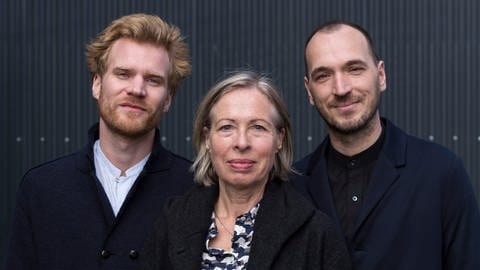
Peter Kutin
Born in Leoben (Styria) in 1983, Peter Kutin studied computer music and new media at the Vienna University of Music and Performing Arts. Registered as a composer and producer in Vienna since 2002. Works with sound. For performances, Kutin designs interdisciplinary systems which he has staged in non-conformist ways, bridging genre gaps (New Music – film – sound art – live performance). Each work is based on the conceptually-composed pitch level and, in its performance practice, questions the separation of fields in the arts.
Florian Kindlinger
Florian Kindlinger is born in Salzburg in 1984. Studied electroacoustic music at the Vienna University of Music and Performing Arts, followed by a masters degree in multimedia art at the Salzburg University of Applied Sciences. He has lived as a musician and sound technician in Vienna and Salzburg since 2004. Involvement in various concerts and events. Responsible for sound at the Salzburg Festival. Numerous projects in the areas of set sound, sound editing and sound design for films and TV.
Christina Kubisch
born in Bremen in 1948. Studied painting, music and electronics in Hamburg, Graz, Zurich and Milan. Performances and video concerts in the 1970s were followed from the early 80s on by site-specific sound installations, light spaces and projects in public spaces. Numerous electro-acoustic compositions and radio productions. Resumed live performances in 2003. Since 1975 she has released vinyl albums, cassettes and CDs. Guest professorships in Maastricht, Paris, Berlin and Oxford. Professor of Audio-Visual Art at the Saarbrücken Academy of Visual Arts. Since 1997 Kubisch has been a member of the Academy of Arts, Berlin.
